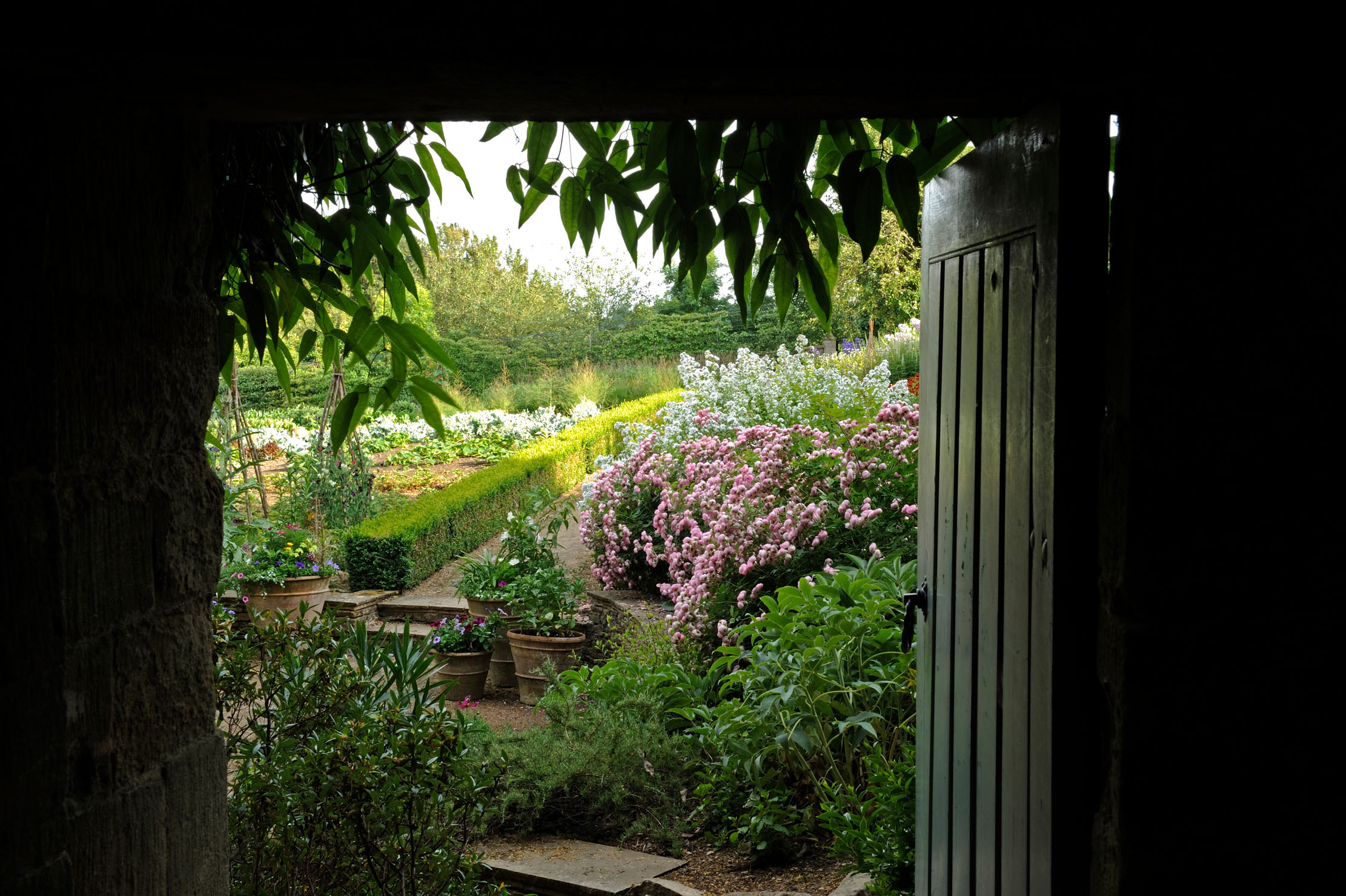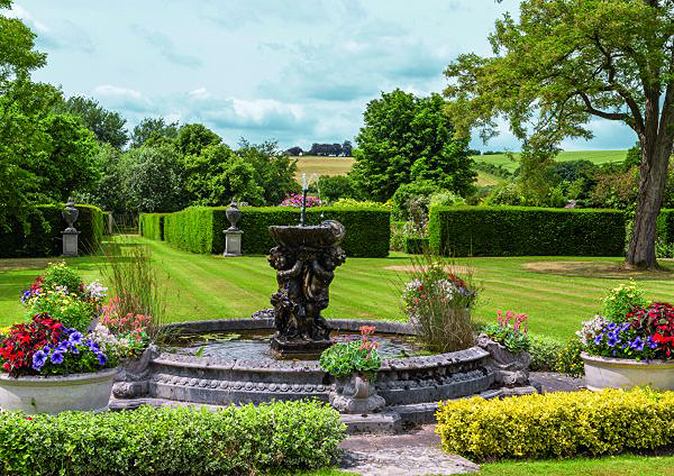Jason Goodwin: The joy of a catalogue from the 'pornographers of herbage, greenery and legumes'
Our spectator columnist extols the wonders of the January gardening catalogues, relishing the chance to plan his fantasy garden from the comfort of his bed.

January is fantasy-gardening month, when you lean upon your metaphorical rake and cast an eye over vegetable beds bursting with illusory vigour, all from the comfort of your own bed, tucked up and imagining things.
For the catalogues have arrived, those pornographers of herbage, verbiage, greenery and legumes; the Whizzer and Chips of the potager; the TLS of vegetables, the OK! of the kitchen garden, the ¡Hola! of the allotment. I can think of nothing more inspiring than the garden catalogue. Outside howls the wind, lashes the rain, but here by the fire, tucked up in bed, blooms the promise. I could imagine religions founded on less than this.

The gang are all here. Thomas Etty potters behind the cucumber frames, like Mr McGregor. Here are my alliums, leeks ‘hardy and cold-resistant, turning darker after frost’; and there a row of imaginary turnips, ‘uniform white heads with red shoulders’. Mr Sutton is stooping over the onion sets, as D. T. Brown and Mrs Franchi stand side by side with their arms folded, talking out of the sides of their mouths.
There’s salad burnet, with a ‘slightly herbal, cucumber-y flavour’; Edwin Tucker with his trousers held up with twine; salsify and chicory, tomatoes and chillies, ‘loaded with fruit, almost a foot long and 2 inches wide’. Sarah Raven sweeps past, trailing dahlias and raffia ties. The sound from the potting shed is Mr Fothergill scrubbing his clays and my shy neighbour from Sea Spring Seeds is carefully planting out Japanese salads with a dibber.
'I want my vegetables to be bohemian, unpredictable, generous and true to themselves, like my friends'
My mental garden is so prolific and unbounded that I intend to garden this year with one hand tied behind my back. From now on, I’ll sow no hybrids. There’s nothing wrong with hybrids, in themselves. It’s just that they belong to the agro-industrial machine, bred for mass production rather than gardeners and allotment holders. Farmers need seeds by the million, which pays for the science, but the specific characteristics they call for may not be ones you and I value in smaller quantities.

Supermarkets want straight, long leeks, which can be reliably achieved by hybridising two varieties, but we want taste. Disease resistance may be bred in, via hybridisation, to satisfy the farmer with 40 acres of cabbage, but if his cabbage tastes of blotting paper, I’d rather have an old-fashioned favourite. F1 plants advertised as quick to harvest, or good for home freezing, obscure the subtext: they will all mature at once. Good for the farmer who clears his field in a day, with machinery, but not so useful for the home cook.
I want my vegetables to be bohemian, unpredictable, generous and true to themselves, like my friends. The seed of proper old-fashioned varieties is handed down from one generation to the next and can be gradually adapted to flourish in your garden.
Exquisite houses, the beauty of Nature, and how to get the most from your life, straight to your inbox.
'It’s like being an archaeologist, as well as an antiquarian, and a gardener'
Harvest after harvest, you keep back seed from the healthiest, hardiest, most vigorous plants and your stock improves. Skip the plants that bolted early, or the tinier parsnips, or the disappointing tomatoes. Being open-pollinators, these plants are fertilised with the widest possible – in your locality – pollens. Instead of being regulated for a few desirable supermarket traits, they’re robust and genetically diverse. They have stories of their own. It’s like being an archaeologist, as well as an antiquarian, and a gardener.
One of the nicest stringless bush French beans – Cupidon filet – is commercially unavailable. It produces only a few seeds per pod, which makes the seed expensive. To you and me, the extra pennies aren’t much, but to a farmer, hundreds of pounds. Coco Sophie, from the late 18th century, is a flat French climbing bean that slipped out of commercial production barely 10 years ago. And on it goes. I can’t wait.